Brown dwarfs
What is a star?
This is Jill Tarter, an American astronomer who in 1975 coined the term "brown dwarf" to define the stars of insufficient mass to sustain a hydrogen fusion. A star is a object similar to our sun, which shines through nuclear reactions that occur in the center. With the exception of the Sun, the stars appear to the naked eye as a bright, glittering due to atmospheric turbulence, without immediate apparent motion relative to other fixed objects in the sky. All the stars are considerably more distant from Earth than the Sun. The nearest star, Proxima Centauri, is located about 4 light years of the solar system, nearly 250 000 times farther than the Sun. The mass of a star is the order of 1030 kg and its radius of about a few million miles. The power radiated by a star like the Sun is about 1026 watts. Stars form due to the contraction of a nebula of gas and dust under the influence of gravity. If the heating of the material is sufficient, it will trigger the cycle of nuclear reactions in the heart of the nebula to form a star. The energy released by these reactions is then sufficient to stop its contraction due to the radiation pressure generated.
The number of stars in the universe is estimated between 1022 and 1023. Apart from the Sun, the stars are too faint to be observable in daylight.
Image: Birth of a star: image made from data of X-ray telescope Chandra (blue) and data from the Spitzer infrared telescope (red and orange). At about 4000 light years from Earth lies RCW 108, a region of the Milky Way, where star formation is active where the presence of clusters of young blue stars in the picture.
That we see born, yellow in the center of the image is deeply rooted in a cloud of molecular hydrogen.
NB: The astronomers classify stars in dwarf or giant. 
Brown dwarfs
Brown dwarfs are not stars, or rather what are stars "failed". Their mass is between those of small stars and the large planets. Indeed, it is 0.08 solar masses for a protostar begins thermonuclear reactions and become a real star. Brown dwarfs are not massive enough, but they radiate a little heat, the residue of their training.
It is possible that early in their training they have started a fusion but they were eventually extinguished. Brown dwarfs have never reached the critical mass (13 times the mass of Jupiter, or 0.08 times the mass of the Sun) to ignite and maintain a sustainable state.
It refers to a cold brown dwarf to 1 000 ° C and hot from 2000 ° C.
Brown dwarfs are difficult to observe because they emit a weak radiation in the infrared.
In addition, U.S. researchers have detected in the Orion Nebula, two very young brown dwarfs, young as 1 million years.
The researchers were able to determine their size and mass respectively. Surprisingly, they are almost as big as our Sun, but their masses are only 5.5 and 3.5% of the mass of the Sun.
This discovery confirms the theory that at birth, young brown dwarfs have a size similar to that of the Sun, but once they turned their deuterium into helium, they shrink slowly, reaching a size too small that of Jupiter.
Image: Brown dwarfs, these stars "failed" too little mass to light, have been two discoveries by the telescope VLT (Very Large Telescope) in Chile. An international team has identified one of our neighbors, a brown dwarf, located only 12.7 light years from Earth.
NB: The astronomers classify stars in dwarf or giant.
Articles on the same theme
1997 © Astronoo.com − Astronomy, Astrophysics, Evolution and Ecology.
"The data available on this site may be used provided that the source is duly acknowledged."
How Google uses data
Legal mentions
English Sitemap − Full Sitemap
Contact the author
 Habitable Zones: The Sweet Spot for Living Near Stars
Habitable Zones: The Sweet Spot for Living Near Stars  Pulsar: A Beating Stellar Heart
Pulsar: A Beating Stellar Heart  Giants of the Milky Way: Top of the Most Massive, Largest, and Brightest Stars
Giants of the Milky Way: Top of the Most Massive, Largest, and Brightest Stars  The First Minerals of Stellar Systems
The First Minerals of Stellar Systems  What is a Collapsar?
What is a Collapsar?  The life of the stars: From the collapse of the nebula to the cataclysmic explosion
The life of the stars: From the collapse of the nebula to the cataclysmic explosion  When a Star Dies: Birth of a Black Hole
When a Star Dies: Birth of a Black Hole  Neutron Stars: When Atoms No Longer Exist
Neutron Stars: When Atoms No Longer Exist  Blue Giant Stars and Red Supergiants: The Fate of Massive Stars
Blue Giant Stars and Red Supergiants: The Fate of Massive Stars 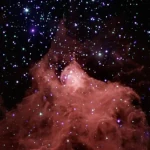 Gravitational Collapse: Formation and Birth of Stars
Gravitational Collapse: Formation and Birth of Stars  The mystery of gamma-ray bursts
The mystery of gamma-ray bursts  The white dwarfs
The white dwarfs  The Wind of Stars: Interaction between Light and Cosmic Dust
The Wind of Stars: Interaction between Light and Cosmic Dust 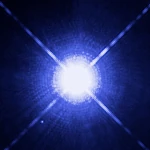 The Brightest Stars in the Sky: Top 50
The Brightest Stars in the Sky: Top 50 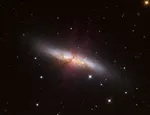 The Cigar Explosion
The Cigar Explosion  Escape velocity of small objects from black holes
Escape velocity of small objects from black holes  Gould's belt, a stellar firework
Gould's belt, a stellar firework 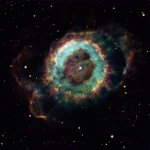 The Death of Stars: How Their Mass Decides Their Final Fate
The Death of Stars: How Their Mass Decides Their Final Fate  Blue, white, yellow, orange stars
Blue, white, yellow, orange stars  The Pleiades: The Seven Sisters and Hundreds of Stars
The Pleiades: The Seven Sisters and Hundreds of Stars 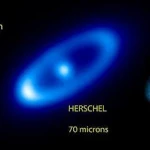 The Star Fomalhaut: The Mouth of the Fish
The Star Fomalhaut: The Mouth of the Fish  A black hole swallowing a star
A black hole swallowing a star 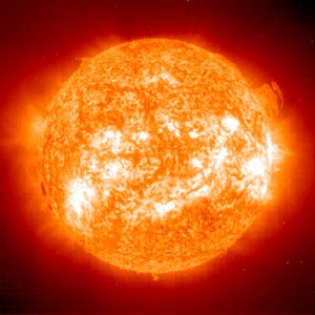 The yellow dwarfs
The yellow dwarfs  Thousands of stars bound by gravity
Thousands of stars bound by gravity  Comparative sizes of planets and stars
Comparative sizes of planets and stars  What is a Cepheid?
What is a Cepheid?  Turn off the stars to see exoplanets
Turn off the stars to see exoplanets 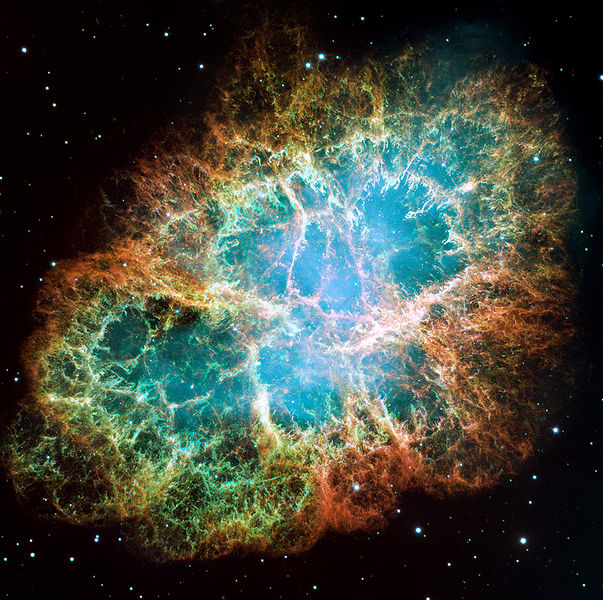 Supernovae or the death of a star
Supernovae or the death of a star  Betelgeuse: Giant Star on the Edge of Chaos in Orion
Betelgeuse: Giant Star on the Edge of Chaos in Orion  Bright Planets, Twinkling Stars: The Art of Recognizing Them
Bright Planets, Twinkling Stars: The Art of Recognizing Them  From the Naked Eye to the Space Telescope: What Methods Evaluate the Distance of Stars?
From the Naked Eye to the Space Telescope: What Methods Evaluate the Distance of Stars?  U Camelopardalis: The Carbon Star Losing Its Envelope
U Camelopardalis: The Carbon Star Losing Its Envelope  The red dwarfs
The red dwarfs  A gigantic black hole
A gigantic black hole  Monocerotis: The Mysterious Star of the Unicorn
Monocerotis: The Mysterious Star of the Unicorn  Stars near Alpha Centauri
Stars near Alpha Centauri  Super explosion and supernova SN 1572
Super explosion and supernova SN 1572  The Power of the Sun
The Power of the Sun 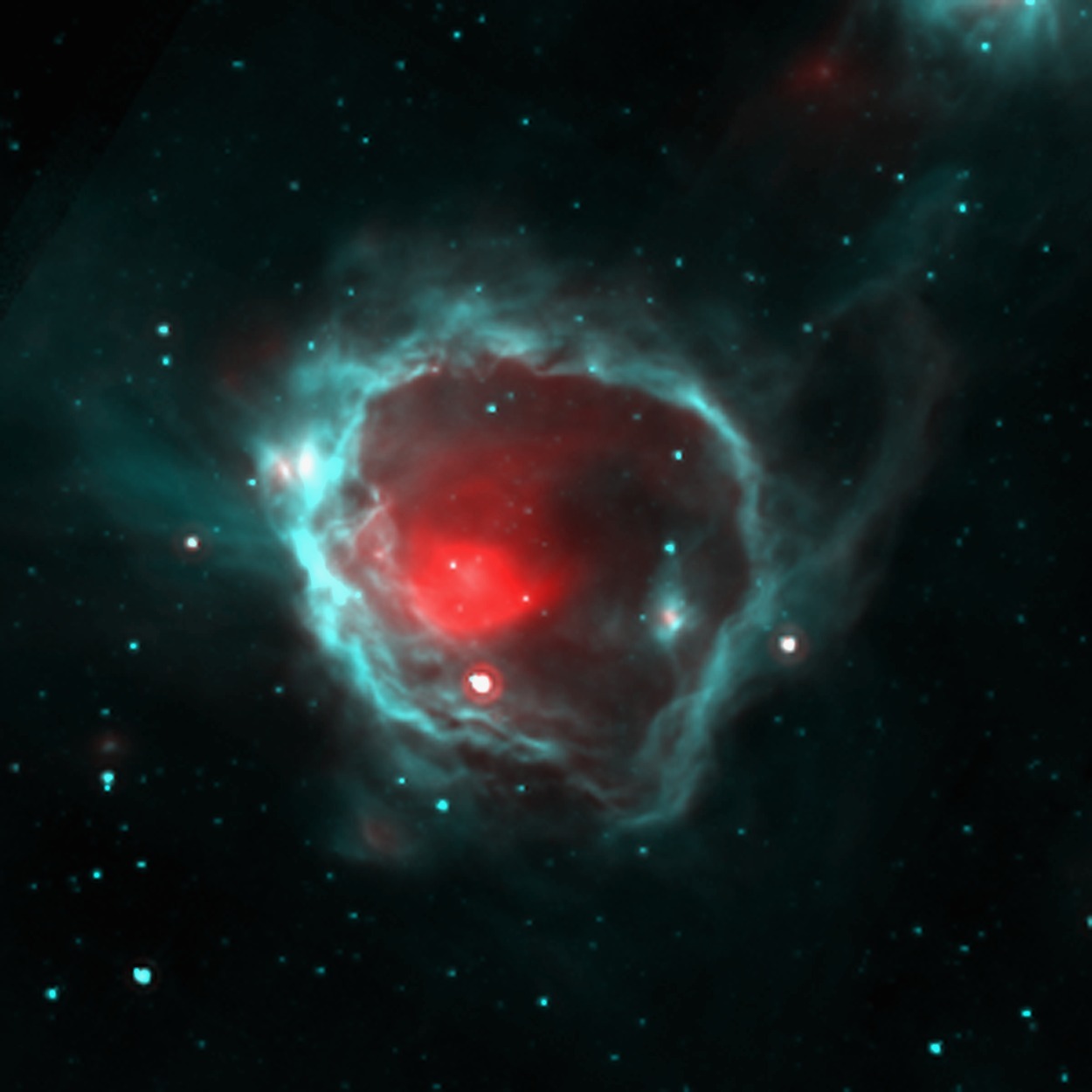 Coatlicue, the star at the origin of our Sun
Coatlicue, the star at the origin of our Sun